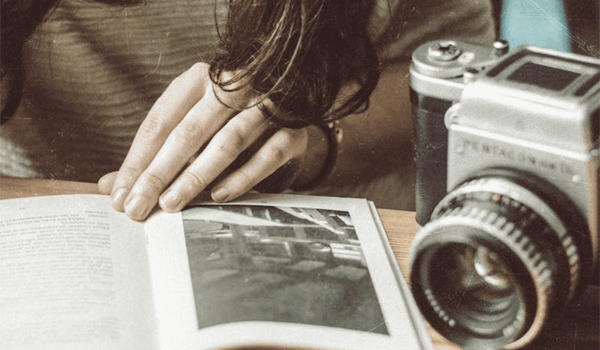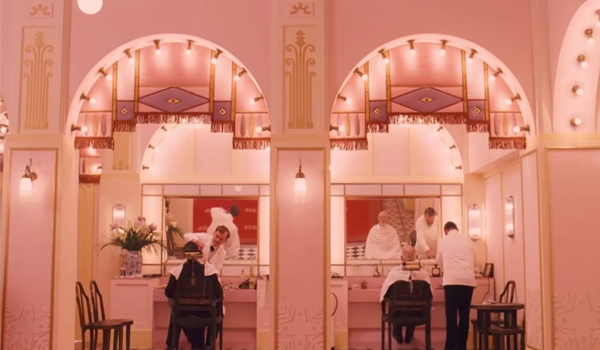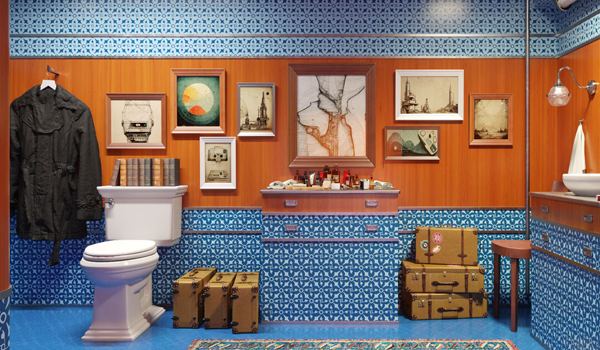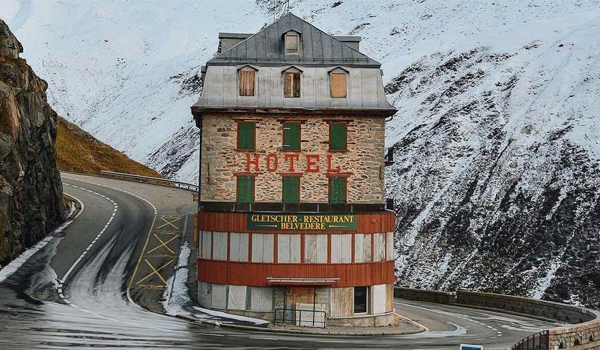Master Your Craft with These Inspirational Quotes for Photography
Photography is a powerful form of expression that captures not just images, but emotions, moments, and stories. Whether you’re an amateur photographer or a seasoned professional, finding inspiration is key to pushing the boundaries of your creativity. Inspirational quotes for photography can serve as a guiding light, helping you see the world through a different lens and sparking new ideas in your work. These quotes often encapsulate the essence of photography, reminding us of the beauty in everyday moments and the profound impact a single image can have.
In this blog post, we will delve into a collection of inspirational quotes for photography that not only inspire but also challenge you to look beyond the obvious. These quotes are more than just words; they are reflections of the experiences and philosophies of some of the greatest photographers in history. By understanding and embracing these insights, you can elevate your photography to new heights.
Whether you are exploring the intricate play of light and shadow, capturing the fleeting essence of a moment, or mastering the art of observation, these inspirational quotes for photography will ignite your creative vision and help you see the world through a more artistic and meaningful perspective.
Inspirational Quotes for Photography to Ignite Your Creative Vision

Photography is more than just a technical skill; it’s an art form that requires a deep understanding of light, composition, and timing. Each photograph tells a story, and the way you capture that story can transform an ordinary scene into something extraordinary. In this section, we will explore how some of the most inspirational quotes for photography can help you ignite your creative vision and bring your photos to life.
Embracing Light and Shadow in Photography
Light is the fundamental element of photography. The way light interacts with subjects can dramatically alter the mood and impact of a photograph. Understanding how to manipulate light, whether natural or artificial, is essential to creating compelling images.
“Light makes photography. Embrace light. Admire it. Love it. But above all, know light.” – George Eastman
George Eastman, the founder of Kodak, emphasized the importance of light in photography. His quote reminds photographers that light is not just a tool, but the very essence of photography. Embracing light means understanding its nuances—how it can create depth, highlight textures, and evoke emotions. By truly knowing light, you can transform your photography from good to extraordinary, capturing the essence of your subjects in a way that resonates with viewers.
Capturing the Moment and Its Essence
Photography has the unique ability to freeze a moment in time, capturing its essence and preserving it forever. The challenge lies in not just capturing the image, but also the emotions and story behind it.
“What I like about photographs is that they capture a moment that’s gone forever, impossible to reproduce.” – Karl Lagerfeld
Karl Lagerfeld’s quote speaks to the fleeting nature of moments. Once a moment passes, it is lost to time, but a photograph can immortalize it. This quote serves as a reminder to photographers to be mindful and present, always ready to capture those irreplaceable moments. It’s not just about snapping a picture; it’s about seizing the essence of a moment that will never occur again, making it timeless.
The Art of Observation in Photography
Photography is often more about seeing than clicking the shutter. The best photographers are those who have honed their ability to observe the world around them, finding beauty and interest in the ordinary.
“To me, photography is an art of observation. It’s about finding something interesting in an ordinary place.” – Eliott Erwitt
Eliott Erwitt, a master of candid photography, highlights the importance of observation. His quote encourages photographers to look beyond the surface and find the extraordinary in the mundane. It’s a powerful reminder that the world is full of beauty, waiting to be discovered by those who take the time to truly see it. Through observation, photographers can capture images that tell deeper, more meaningful stories, turning the ordinary into something remarkable.
How Inspirational Quotes Can Enhance Your Photography Journey
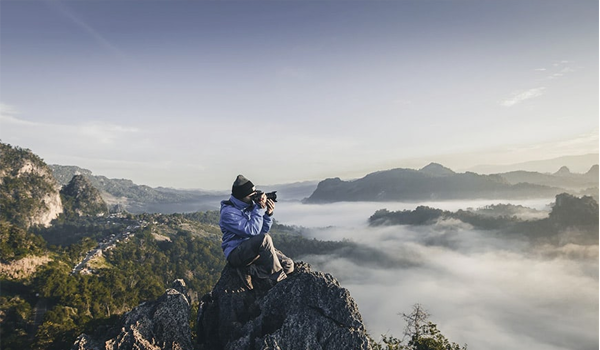
The journey of photography is filled with moments of inspiration, challenge, and discovery. As photographers, we often find ourselves in need of a creative boost, something that pushes us to see the world differently and approach our work with renewed passion. Inspirational quotes for photography serve as powerful tools in this journey, offering wisdom and insights that can transform the way we see and capture the world around us.
These quotes are not just about the technical aspects of photography but also delve into the philosophy and emotions behind the art form. They remind us that photography is about more than just clicking the shutter—it’s about understanding light, timing, patience, and the ability to connect deeply with our subjects. As we explore these inspirational quotes for photography, you’ll find that they provide both practical advice and profound inspiration, guiding you to elevate your craft and find beauty in every moment.
Finding Beauty in the Mundane
Photography has a unique way of revealing beauty in places where others might see only the ordinary. It challenges us to look beyond the surface and find something extraordinary in the everyday. This is where the true artistry of photography lies.
“Beauty can be seen in all things, seeing and composing the beauty is what separates the snapshot from the photograph.” – Matt Hardy
Matt Hardy’s quote emphasizes the distinction between a mere snapshot and a thoughtfully composed photograph. It’s a reminder that beauty is all around us, but it takes a trained eye to capture it in a way that resonates with viewers. As a photographer, it’s your task to observe the world with curiosity and intent, to find and frame that beauty in a way that tells a story. Whether you’re photographing a bustling city street or a quiet rural landscape, the ability to see and compose beauty is what will set your work apart.
The Power of Patience and Timing
Photography often requires a delicate balance of patience and timing. The most compelling photographs are usually the result of waiting for just the right moment when all elements come together perfectly.
“Photography is about being patient. I’m quiet, I watch the situation. I let things happen and photograph them when they happen.” – Olivia Arthur
Olivia Arthur’s quote captures the essence of patience in photography. It’s a gentle reminder that great photography often involves waiting—watching quietly as a scene unfolds and capturing it at the perfect moment. This approach not only leads to more authentic images but also allows photographers to capture the true essence of a moment. Whether you’re waiting for the perfect light or the exact expression on a subject’s face, patience is a virtue that pays off in the form of powerful, emotive photographs.
Connecting Emotionally with Your Subjects
The most impactful photographs are those that establish a deep emotional connection between the viewer and the subject. This connection often stems from the photographer’s ability to see beyond the surface and capture the true essence of the subject.
“When people ask me what equipment I use – I tell them my eyes.” – Anonymous
This quote, often attributed to various sources, underscores the idea that the true power of photography lies not in the equipment but in the photographer’s vision. Your eyes are the most important tool in photography—they help you see the world in a unique way and connect emotionally with your subjects. By relying on your intuition and emotional intelligence, you can create images that resonate deeply with viewers, telling stories that go beyond the surface and touch the heart.
Iconic Photographers and Their Inspirational Words
![]()
The world of photography has been shaped by countless visionaries, each bringing their unique perspective and philosophy to the art. The words of iconic photographers serve not only as inspiration but also as timeless lessons that continue to influence new generations of photographers. Inspirational quotes for photography from these masters offer deep insights into their creative processes and how they approached the craft. By reflecting on these words, photographers can gain a greater understanding of the nuances of photography and how to infuse their work with meaning and purpose.
This section will delve into the wisdom shared by some of the most influential photographers in history. Their inspirational quotes for photography are not just words of advice; they are reflections of their journeys, struggles, and triumphs in capturing the world through their lenses. By exploring these quotes, you’ll be able to draw from their experiences and apply these timeless lessons to your own photography journey.
Lessons from Ansel Adams
Ansel Adams is renowned for his breathtaking black-and-white landscapes, particularly of the American West. His approach to photography was meticulous and artistic, treating each photograph as a crafted work of art.
“You don’t take a photograph, you make it.” – Ansel Adams
Ansel Adams’s quote emphasizes the intentionality and craftsmanship involved in photography. For Adams, taking a photograph was not a passive act; it was a deliberate process that involved careful consideration of composition, lighting, and exposure. This quote encourages photographers to move beyond simply snapping pictures and to approach their work with the mindset of an artist. By “making” a photograph, you invest in the creative process, shaping the image to reflect your vision and emotions.
Insights from Henri Cartier-Bresson
Henri Cartier-Bresson, often considered the father of modern photojournalism, was known for his ability to capture “the decisive moment.” His work is celebrated for its spontaneity and the way it encapsulates the essence of a moment in time.
“Photography is an immediate reaction, drawing is a meditation.” – Henri Cartier-Bresson
This quote by Henri Cartier-Bresson draws a parallel between photography and drawing, highlighting the immediacy of capturing a moment through the lens versus the contemplative process of drawing. Cartier-Bresson believed that photography required quick instincts and a sharp eye to capture the fleeting moments that define his work. This insight is particularly valuable for photographers who aspire to document real-life events and emotions, reminding them that sometimes the best images come from being present and ready to react in an instant.
Wisdom from Dorothea Lange
Dorothea Lange is best known for her poignant portraits during the Great Depression, capturing the raw emotion and humanity of her subjects. Her work has left an indelible mark on documentary photography.
“Photography takes an instant out of time, altering life by holding it still.” – Dorothea Lange
Dorothea Lange’s quote reflects the powerful impact of photography in freezing a moment and preserving it forever. Through her lens, Lange captured not just the faces of her subjects but the stories and emotions behind them. This quote is a reminder of the responsibility that comes with being a photographer—to recognize that each image has the power to shape perceptions and evoke emotions long after the moment has passed. By “holding life still,” photographers can alter the way we see the world and connect us with moments and experiences that might otherwise be forgotten.
Applying Inspirational Photography Quotes to Your Work
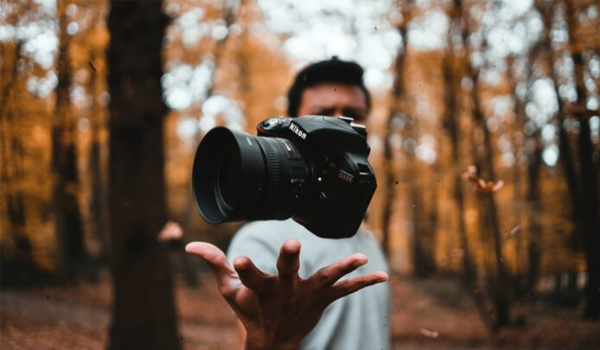
Inspirational quotes have the power to shape our perspectives and guide our actions, especially in the creative fields like photography. Whether you’re searching for your unique style, embarking on a new project, or struggling with a creative block, inspirational quotes for photography can provide the motivation and insight you need to move forward. By integrating these quotes into your daily practice, you can gain clarity, overcome challenges, and find new ways to express your vision through photography.
This section explores how you can apply inspirational quotes for photography to various aspects of your creative journey. From defining your style to finding the drive to start a new project, these quotes can serve as valuable tools in your photographic toolkit.
Using Quotes to Find Your Photography Style
Finding your unique style as a photographer is a journey that involves experimentation, reflection, and sometimes, a bit of guidance from those who have walked the path before you. Inspirational quotes can help you explore different aspects of photography and hone in on what resonates most with you.
“The camera is an excuse to be someplace you otherwise don’t belong. It gives me both a point of connection and a point of separation.” – Susan Meiselas
Susan Meiselas’s quote highlights the dual role of the camera as both a connector and a separator. It allows photographers to enter spaces and situations they might not normally be a part of, giving them a unique vantage point to observe and capture the world. This quote can inspire you to think about your relationship with your subjects and the environments you photograph. Are you using your camera to connect with people and tell their stories, or are you capturing the scene from a more detached perspective? Reflecting on this can help you define your style and approach to photography, making your work more intentional and personal.
Motivating Your Next Photography Project
Starting a new photography project can be daunting, especially when you’re not sure where to begin or what direction to take. Inspirational quotes can serve as a catalyst, sparking ideas and giving you the confidence to take the first step.
“If you see something that moves you, and then snap it, you keep a moment.” – Linda McCartney
Linda McCartney’s quote is a reminder of the simple yet profound power of photography: the ability to preserve a moment that moves you. This quote can motivate you to start your next project by focusing on what truly inspires you. What moments or scenes evoke a strong emotional response in you? Let that be the starting point for your project. By capturing what moves you, you create work that is not only visually appealing but also emotionally resonant, making your photography more impactful.
Overcoming Creative Blocks with Inspirational Quotes
Every creative professional encounters blocks at some point—those frustrating times when inspiration seems to dry up and progress grinds to a halt. During these times, inspirational quotes can provide the push needed to break through and reignite your creativity.
“In photography there are no shadows that cannot be illuminated.” – August Sander
August Sander’s quote offers a powerful metaphor for overcoming obstacles in photography and life. Just as shadows in a photograph can be illuminated with the right lighting, creative blocks can be overcome with the right mindset and approach. This quote encourages you to see challenges as opportunities to explore new techniques, perspectives, or ideas. When you feel stuck, consider how you might “illuminate” the situation—perhaps by trying a new genre, experimenting with different lighting, or simply taking a break to return with fresh eyes. By embracing this mindset, you can turn creative blocks into opportunities for growth and innovation.
